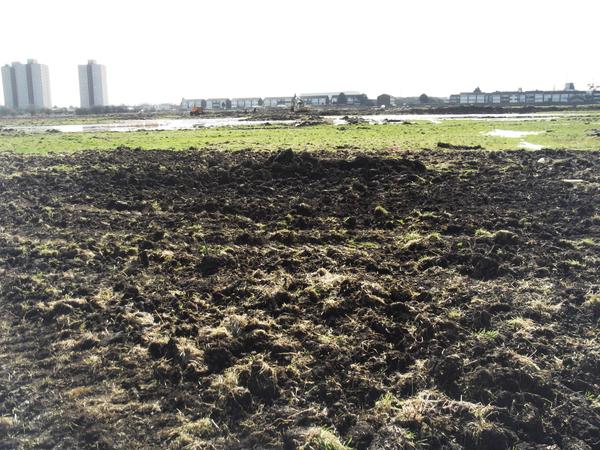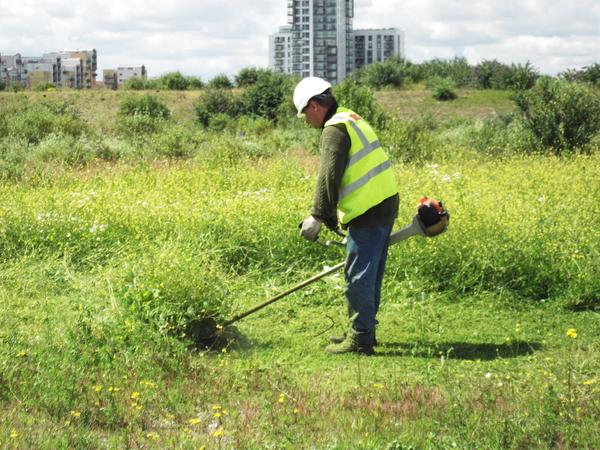Subscribe to our newsletter
Sign up for the latest news & offers from SafeSite
Quick and competitive quotes. Nationwide coverage
Quick quotes. Nationwide coverage
For many of us, our understanding of Common Land lies in the word ‘common,’ with many towns and villages across the UK still retaining a piece of common land as part of their history and traditional routines and events. However, when working on common land, a greater understanding of legal rights, responsibilities and implications needs to be gained.

The term ‘common land’ dates back to the medieval times when commons were part of feudal estates. It refers to land which might be collectively owned by a group of people, or a piece of land which may be owned by a solitary individual but where others have rights of way and use of the land, for example traditional uses would have included using the land for livestock grazing or having the right to collect fuel such as firewood or turf from the common.
Many of the village greens found in England and Wales date back to medieval times and have common land origins, allowing the communities today to invoke their ‘right to roam’ and enjoy appropriate outdoor activities such as walking, picnicking, playing ball games and dog walking in these areas.
Approximately 4% of the total land area of England and Wales is registered common land, amounting to approximately 550,000 hectares (Government sources). Whilst common land clearly had a community value in previous times, just as it does today, it is also extremely important to modern society through offering:
Since 2006, the common land of England and Wales has been protected by the Commons Act, which requires:
It is regularly the case that many people enjoy rights over common land but do not own it. So what should you do if you think that work you are being asked to do will affect common land?
Although the landowner should be able to give you more detail about the size, boundaries, restrictions and regular maintenance and management of the common land, it is a useful precaution to also check with the local council. All borough councils maintain registers of the local area’s common land, so if you suspect that you will be working on common land or part of its boundary, asking the local council for information about its Register of Common Land and Village Greens is a good starting point.
There are also searchable websites online which can help to identify common land in the UK, although all information should be checked thoroughly with the local council before being relied upon.

The next step is to make sure you are fully informed about what constitutes restricted works in relation to common land. Generally, because common land is supposed to be accessible and may include public rights of way, any action or works which impedes access over or to the land itself will be considered restricted works. This includes:
If work being undertaken is going to impact on common land in this way and can be defined as restricted works, then contact should be made with the Planning Inspectorate in the first instance. From here, consultation with all parties with an interest in the common land should take place prior to an application to the Planning Inspectorate being made.
Works which do not require consent are generally those which do not impede access. Examples of such work includes:
[Source: The Planning Inspectorate, where a full comprehensive list of non consensual work is available].
However, even if consent is not needed under the Planning Inspectorate guidance, full consultation with those parties involved / interested in the area of common land or village green is advisable, even if this is at an informal level.
Finally, working in conjunction with the Planning Inspectorate is particularly useful where works involve erecting temporary fences or barriers which might be required to keep a working site secure and the public safe because at the very least such action (necessary for health, safety and security) requires careful compromise with rights of access which lie at the origin of common land.
We respond in under 30 mins on average (excl. weekends)